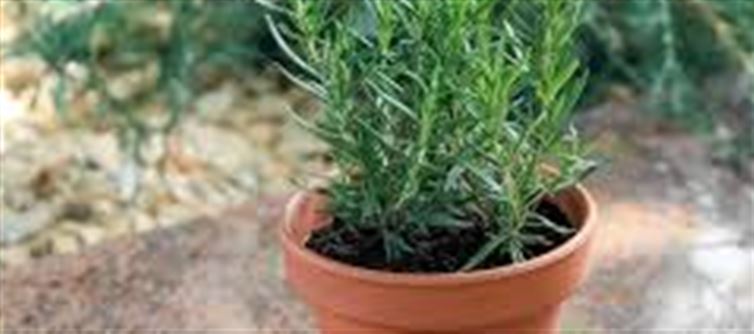
Rosemary is a popular culinary and aromatic herb known for its distinctive fragrance and flavor. However, due to its popularity, fake or low-quality rosemary plants sometimes appear in markets. Here are five easy ways to test if your rosemary plant is genuine.
1. Check the Aroma
Real rosemary has a strong, pine-like fragrance. Rub a leaf gently between your fingers and smell it. If the aroma is faint or smells artificial, the plant may not be genuine. True rosemary will release a fresh, herbal scent instantly.
2. Examine the Leaves
Genuine rosemary leaves are:
· Needle-like and slightly curved
· Dark green on top, lighter underneath
· Firm to touch, not soft or flimsy
If the leaves are flat, soft, or have unusual colors, it might be a lookalike plant.
3. Taste Test
A small taste can confirm authenticity. Real rosemary has a slightly bitter, piney flavor. Be cautious: taste only a tiny piece. Fake rosemary often lacks flavor or tastes bland.
4. Observe the Growth Pattern
Rosemary grows as a woody shrub with upright stems. It tends to be bushy and can grow tall over time. If your plant is too soft-stemmed, sprawling, or growing unusually, it could be a different herb.
5. Check for Aroma Retention When Dried
Rosemary retains its aroma even after drying. Take a few leaves, let them dry for a couple of days, and crush them. If the scent is still strong and pleasant, it’s likely genuine. Impostors usually lose their aroma quickly.
✅ Final Takeaway
Knowing whether your rosemary plant is real ensures better flavor, aroma, and culinary quality. By using these five easy tests—smell, leaf check, taste, growth pattern, and dried aroma retention—you can confidently identify authentic rosemary for your kitchen or garden.
Disclaimer:
The views and opinions expressed in this article are those of the author and do not necessarily reflect the official policy or position of any agency, organization, employer, or company. All information provided is for general informational purposes only. While every effort has been made to ensure accuracy, we make no representations or warranties of any kind, express or implied, about the completeness, reliability, or suitability of the information contained herein. Readers are advised to verify facts and seek professional advice where necessary. Any reliance placed on such information is strictly at the reader’s own risk.
.jpg)




 click and follow Indiaherald WhatsApp channel
click and follow Indiaherald WhatsApp channel